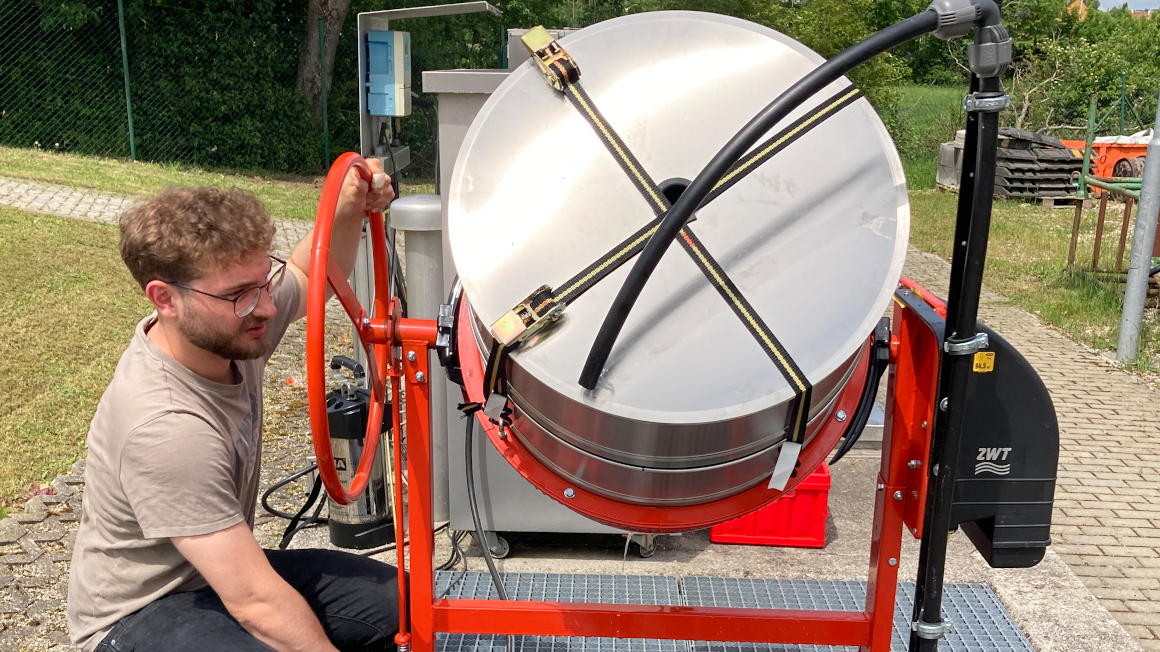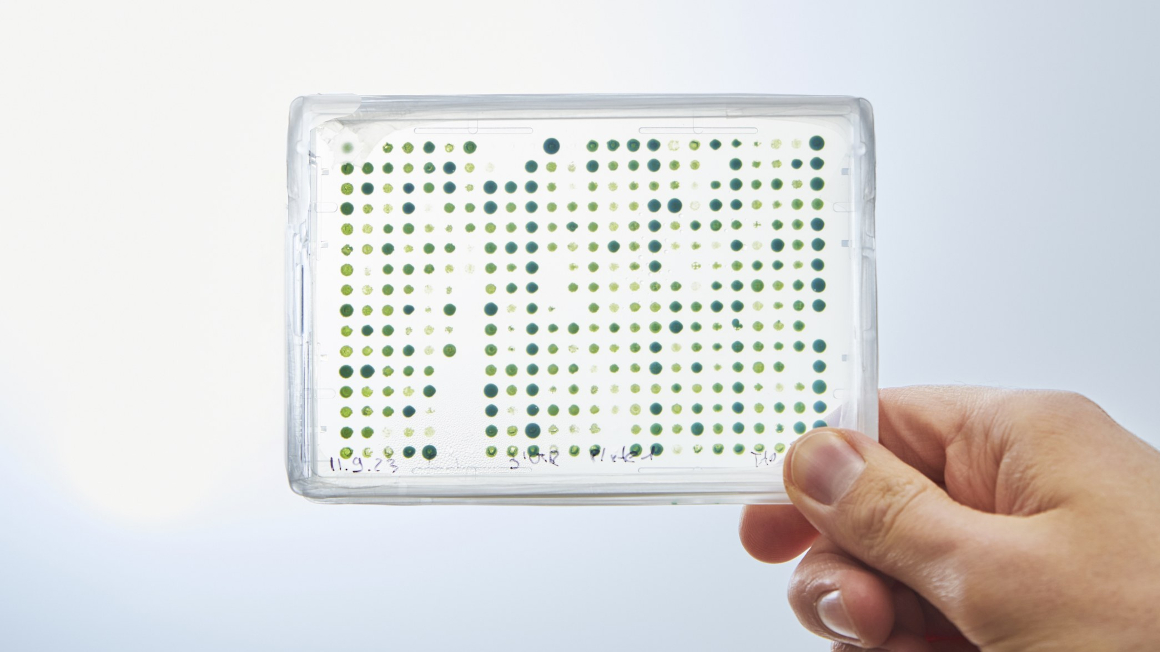Removing microplastics from sewage treatment plants
Researchers at Weihenstephan-Triesdorf University of Applied Sciences have developed a biological process in which worms and microbes help to break down microplastics in wastewater.

Whether in seafood, drinking water or vegetables, microplastics have already been detected in numerous foods. The tiny, barely visible particles are the remnants of plastic waste that ends up in the sea or gets into our food, for example through fertilisers and pesticides from sewage sludge. There are filter technologies to remove microplastics from wastewater. However, the treated water is not completely free of microplastics. Researchers at Weihenstephan-Triesdorf University of Applied Sciences have now succeeded in doing just that.
Microplastic breakdown takes place in biotrickling filters
As part of the "PlasticWorms" project, a team led by Sabine Grüner-Lempart has developed a biological process in which worms and microorganisms work together to break down microplastics. The biodegradation takes place in a biological trickling filter. It contains lava stones from the volcanic Eifel region, whose porous surfaces provide an ideal habitat for microorganisms and worms.
With the help of bacteria and fungi, a biofilm initially forms on the rock, which, according to the researchers, serves as the basis for the biodegradation of the microplastics. Leeches and nematodes, which live in symbiosis with the microorganisms, take over the pre-shredding of the plastic particles. The microorganisms then break down the remaining plastic into its molecular components. This natural process results in pollutant-free biomass and microplastic-free water for both humans and the environment, the researchers write.
Practical test in sewage treatment plant starts in July
The technology, which is based on natural materials, processes and living organisms, has already worked in the laboratory. From July this year, the promising technology will now be used at the Petershausen wastewater treatment plant in the district of Dachau. To this end, project partner ZWT Wasser- und Abwassertechnik GmbH (Bayreuth) has constructed a pilot plant on an industrial scale of five cubic metres.
Establishing sustainable technology as a standard procedure
The researchers are convinced that the new technology has the potential to establish itself as a sustainable standard process in the three-stage purification process in wastewater treatment plants and to protect people and the environment from microplastics in the long term. The project is funded by the German Federal Ministry for Economic Affairs and Climate Protection (BMWK) as part of the Central Innovation Programme for Small and Medium-Sized Enterprises (ZIM).
bb


